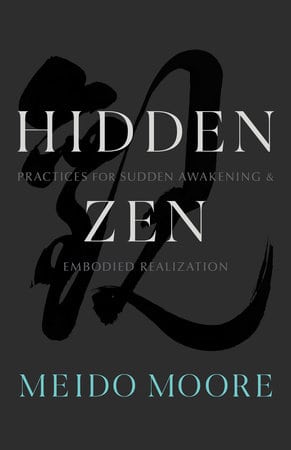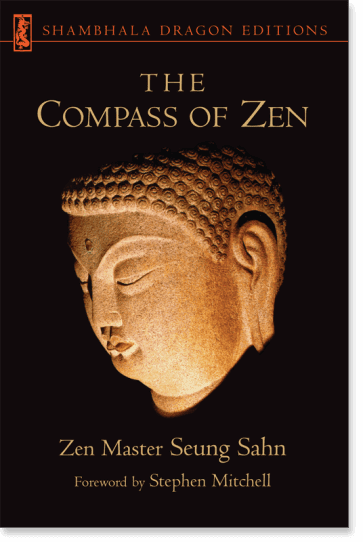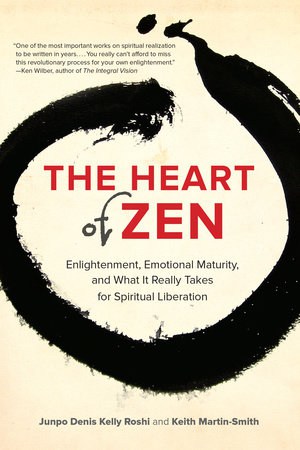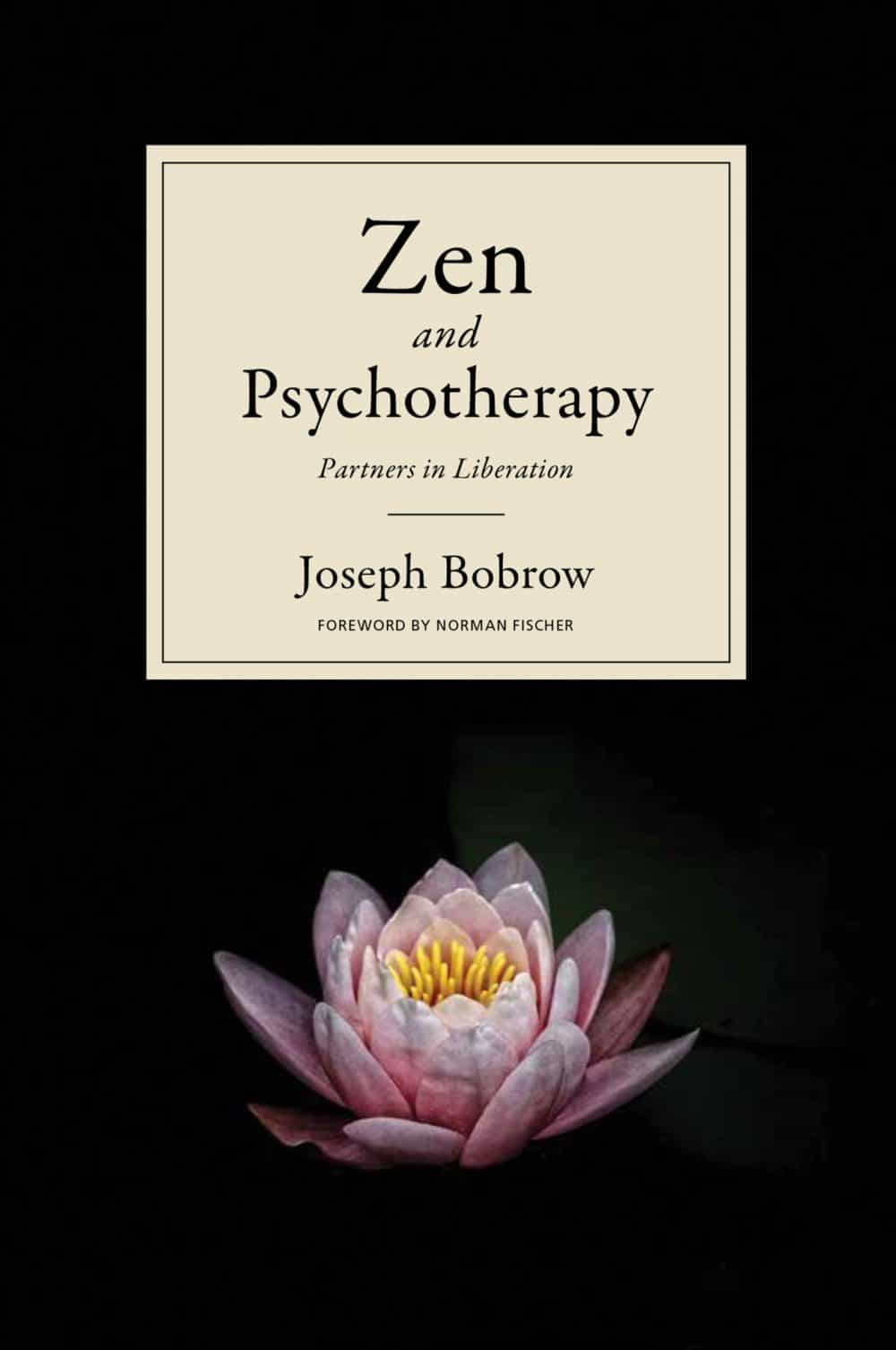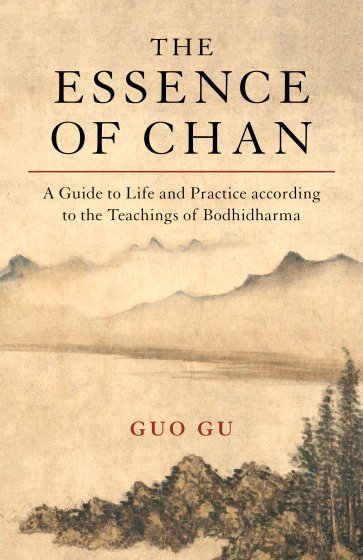Zen
Zen Buddhism
THC Editorial Team April 15, 2021

Contents
- Overview
- A Brief History of Zen
- The Four Noble Truths
- Zen Practice as a Form of Therapy
- Meditation Practices
- Benefits of Zen Practice
- Starting a Zen Practice
Recently, Zen has become a catchphrase to describe calm, peaceful feelings. Someone might describe their life as Zen or say they need to be more Zen during stressful situations. But Zen is more than a general approach to mindfulness. This ancient tradition involves distinct meditation practices and a unique way of viewing reality.
Within traditional Buddhism, Zen is a way of life characterized by its inability to be captured through words. Instead, it is a feeling that originates within the heart: embracing Zen means embracing life’s timeless questions without needing facts or answers. In Japanese tradition, Zen occurs when we feel the awe of nature’s perfect beauty—it resides within constantly flowing rivers or vibrant flowers.1 Zen Buddhism in particular honors living life simply and relinquishing desire.
A Brief History of Zen
The history of Zen Buddhism contains both literal elements and legend.
The roots of Zen Buddhism extend to the 5th century BCE and the enlightenment of Shakyamuni Buddha. From its origins in India, the Buddhist tradition traveled to China about 1,000 years later. There, where it was known as Ch’an, traditional Buddhism gained elements of Taoist philosophy—particularly its focus on simplicity. In the 1200s, Dōgen, a Japanese monk, took the tradition back to his homeland. In Japan, the Ch’an tradition fully developed into Zen Buddhism. Since then, Zen meditation practices have spread throughout communities and retreat centers globally.
The legendary history of Buddhism is rooted in its origin story, the Flower Sermon. The story conveys the birth of Zen Buddhism in a moment of pure silence. When a Brahma-Raja, or follower, handed the Buddha a golden flower, the Buddha looked at it, mute and peaceful. After many moments, one follower, Mahākāśyapa, simply smiled. That smile signified a complete and wordless exchange of wisdom. According to the story, this wisdom passes to each Buddhist philosopher in later generations.1
The Four Noble Truths
The starting point for the Zen Buddhist worldview is the same as for other forms of Buddhism: the Four Noble Truths. These truths, as described by the Buddha, lead to the practice of meditation. They provide a framework for overcoming life’s inescapable struggles and, ultimately, for reaching enlightenment.2
Notably, Western psychologists have recently acknowledged a correlation between these teachings and basic psychological principles.3
The First Truth: The Reality of Suffering
In Buddhism, suffering is considered to be the fundamental condition of humanity. Life is characterized as filled with physical, mental, and emotional stress. Suffering is not the exception; it is the rule.
The Second Truth: The Cause of Suffering
Buddhists do not consider suffering to be random; it comes from attachment to desires and from failure to see that objects of desire are empty. When people strive to satisfy their desires, they become even less satisfied.
The Third Truth: The End of Suffering
The Third Noble Truth represents the heart of the Buddhist path: It proclaims the existence of a way to end suffering. Although the Buddha does not explicitly explain where and when suffering will end, this truth provides hope to those who follow the Buddhist path.
The Fourth Truth: The Eightfold Path Leads to Nirvana
The Fourth Noble Truth explains the means through which someone can end their suffering: They must walk the Noble Eightfold Path. This path includes such virtues as “right speech” and “right livelihood.” For people interested in meditation, two foci of the path are “right concentration” and “right mindfulness.”3
The word right in this context distinguishes Zen ways of living (i.e., those the Buddha considers ethical) from thoughts and actions rooted in hate, indulgence, and ignorance. For example, people practice right speech when they speak with honesty and without using hurtful language. People practice right livelihood when they create living spaces that do not harm the environment.3
Zen Practice as a Form of Therapy
Many academic professionals consider Buddhism to be a form of spiritual therapy.4 Researchers have attempted to describe the usefulness and relevance of the Four Noble Truths in psychotherapeutic counseling techniques.
For example, in one doctoral paper written at the University of Hong Kong in 2011, Cheng analyzed the relationships between each of the Four Noble Truths and created a three-dimensional model that explained the causes and effects of suffering in life and how one can eventually rid themself of suffering. Ultimately, Cheng wanted to see how the Four Noble Truths aligned with counseling practices. The study found that many Zen techniques such as mindfulness and meditation appeared in contemporary counseling practices. Both Zen philosophy and general theories of counseling share a similar goal: freedom from suffering. Cheng concluded that the idea of hope, integrated within lessons from the Four Noble Truths, provides a lifeline to people who seek help.5
Meditation Practices
In Zen practice, meditation is one of the primary tools used to follow the Eightfold Path. In this meditation style, the only real goal is to sit in complete awareness of the moment.
Zen meditation is popularly associated with the idea of “emptying” your mind. When people begin meditating, they are often surprised at how many thoughts race through their minds as they try to remain still. However, Zen meditation more accurately resembles learning to be a third-person observer of your thoughts. In this style, people avoid blocking their thoughts or actively clearing their minds. Instead, they learn to recognize thoughts as fleeting ruminations that arise and then pass. Some teachers compare the process with observing clouds in the sky or boats on a river. With practice, people can observe their thoughts without being disturbed.
In 2012, researchers at Chemnitz University of Technology in Germany conducted a meta-analysis on the effects of mindfulness meditation on multiple psychological variables in adults. They examined traits such as attention span, intellect, positive and negative emotions, emotion regulation, and well-being. The results varied widely for each variable, but the researchers noted that mindfulness-based stress-reduction programs (sitting and walking meditation) were significantly more effective than pure-mindfulness meditation practices at increasing psychological well-being.6
Zazen: Sitting Meditation
Of Zen practices, sitting meditation is the most commonly known. In a Zen sangha, or community, people sit on evenly spaced mats (zafuton) and cushions (zafu) in order to remain upright while staying relaxed.
Practitioners use a variety of techniques to remain focused as they meditate. Some people pay attention to how their breath feels as it enters and leaves their lungs. In other traditions, people chant a word or phrase aloud or repeat it silently in their minds. For example, the Zen koan is a thought-provoking statement or question that people use to move toward a moment of enlightenment. In some traditions, people ruminate on the statement or word and attempt to answer it. For instance, one koan asks, “When you can do nothing, what can you do?”
The Shikantaza Variation: Just Sitting
According to the Soto Zen tradition, Dōgen encouraged people to meditate without any form of focus. In this practice, people might use their breath to develop initial concentration, but their ultimate goal is to release all attachments. As a result, the right concentration may be achieved through simply sitting.
Studies have indicated that sitting meditation can help decrease anxiety, depression, and somatic pain among adults and youths.7,8 In one study, three professors at the Keck School of Medicine at the University of Southern California performed a systematic review of 16 empirical studies regarding sitting meditation interventions among youth populations. They found that sitting meditation successfully treats psychological and behavioral conditions. For example, meditative subjects experienced decreased systolic blood pressure compared to the control group. Sitting meditation also helped children increase their self-esteem and attention span and improve their issues with aggression.9
Kinhin: Walking Meditation
Sitting meditation is useful, but people can only sit still for so long. Although some monks learn to meditate seated for hours, this type of devotion is not expected from every Zen practitioner. People who attend formal Zen meditation events may prefer walking meditation, or kinhin.
In this form, people take slow, intentional steps that coincide with their breath. As they walk, participants focus on how their feet feel as they touch the ground. In a group setting, people may walk slowly around the sangha together. People also practice this form outdoors.
In 2014, researchers at the Chulalongkorn University in Bangkok investigated the effects of Buddhism walking meditation and traditional walking exercise on depression, functional fitness, and endothelium-dependent vasodilation in elderly, depressed adults. The researchers found that depression scores and vascular reactivity decreased only for participants who practiced Buddhism walking meditation. However, both groups experienced improved muscle function.10
Benefits of Zen Practice
When people hear about or watch Zen meditation, they often find its sense of calm appealing. They see quiet rooms filled with people who seem to lack stress. Some benefits of Zen meditation are similar to other forms of mindfulness. In general, such practices promote the value of slowing down and breathing deeply.
Emotional Benefits
Researchers have shown that the Zen mindset of nonattachment, or neutrality toward stimuli, can be emotionally beneficial. In one study, researchers examined how subjects reacted to high and low arousal words after one session of meditation. They found that experienced Zen practitioners had less intense emotional reactions than non-practitioners when they read the words. This lowered response to causal stimuli suggests that Zen practitioners experience fewer emotionally triggering events in daily life. Thus, Zen meditation may lead to a calmer world approach.11
Several other studies have examined a phenomenon known as Zen happiness. Practicing Zen Buddhists seem to be more content and compassionate and to have greater senses of meaning. However, researchers have been unable to determine whether Zen Buddhism is actually transformative or if people who already exhibit these traits are simply attracted to it.12
Neurological Benefits
Recently, researchers have studied neuroimages of the brains of the Dalai Lama and several Tibetan Buddhist monks at the Waisman Laboratory for Brain Imaging and Behavior at the University of Wisconsin–Madison in order to investigate meditation’s neurological effects. In 2008, Richard Davidson, a professor of psychology and psychiatry, published an article in which he used that data to examine the relationship between neuroplasticity (the ability of neural networks to change structure as they form new connections) and meditation. The article suggests that meditation may reduce neural noise (aimless electrical oscillations in neuronal networks). In turn, such a reduction may enable people to learn more rapidly.13
In another study, published in 2012, neuroscientist Wendy Hasenkemp and professor of psychology Lawrence Barsalou at the University of Glasgow examined neuroimaging scans to determine how meditation affects neural networks associated with contemplation. They found that people who had more meditation experience exhibited increased connectivity in cerebral attention networks. However, they also noted that participants were observed in non-meditative states. Therefore, they concluded that neurological benefits formed during meditation may persist even when a person is not meditating.14
Starting a Zen Practice
Zen Buddhism is a thriving, living tradition. People can meditate at home, but trained instructors at meditation centers are better equipped to teach people how to deal with the physical and mental challenges associated with meditation. Experienced practitioners can also explain the purpose of Zen traditions and chants.
Locating accessible meditation centers has become easier as Zen has gained in global popularity. For example, the International Zen Association (AZI) is currently the largest Zen association in Europe. It connects teachers, practitioners, and students of Zen and offers them a place to gather, learn, and meditate. If you would like to find Zen centers, groups, temples, or dojos in your region, the AZI website may be useful: https://www.zen-azi.org/en/find-place-meditation-zen.












